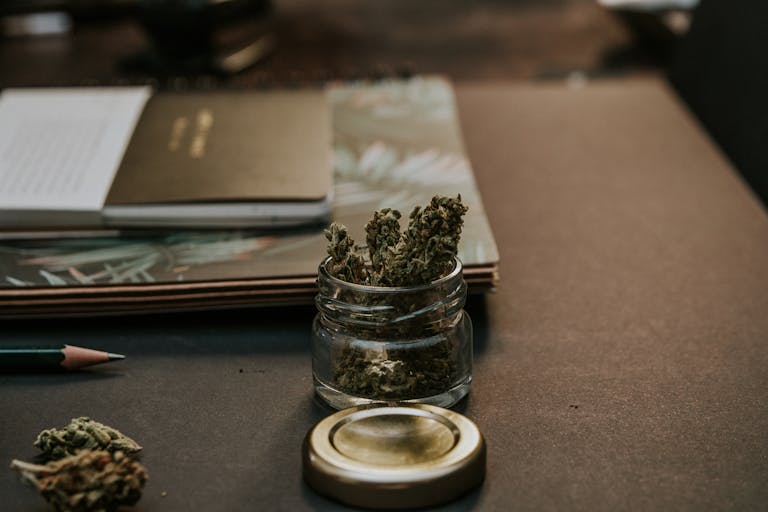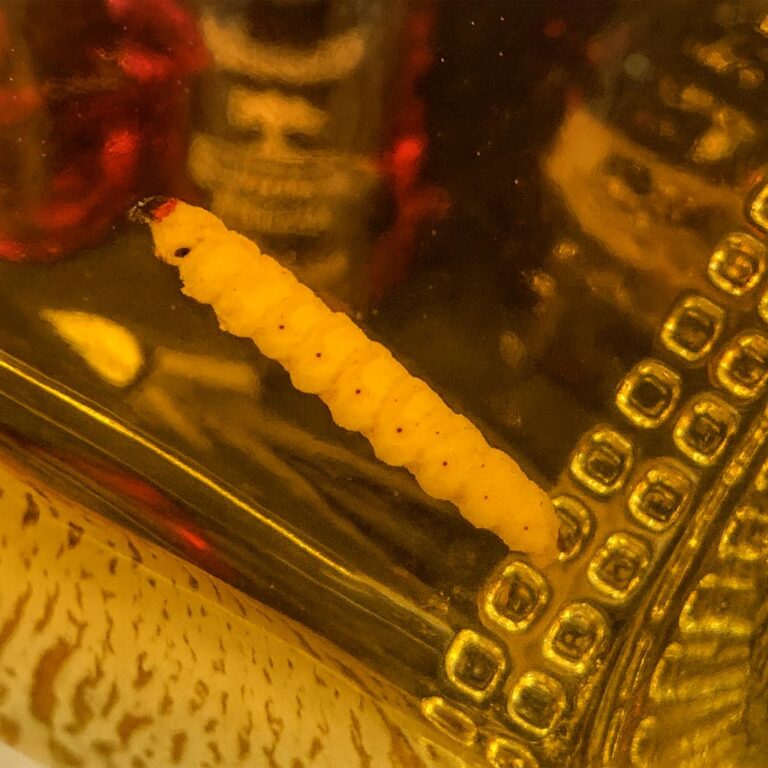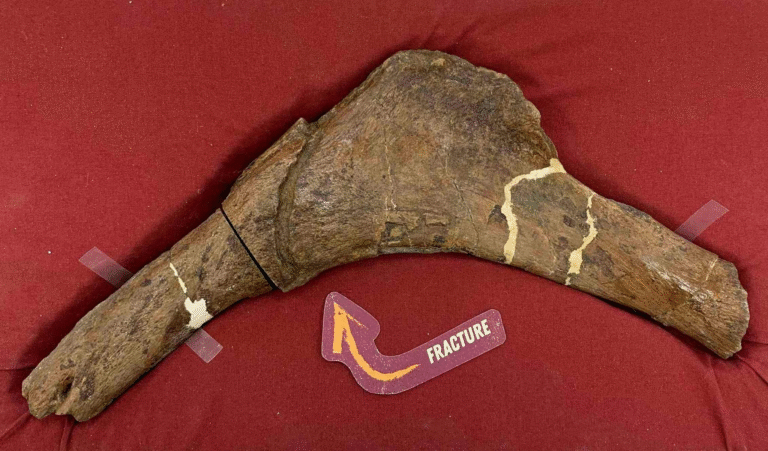Cornell Scientists Discover a Key to Reversing Age-Related Weight Gain

Wouldn’t it be amazing if we could tap into our body’s natural ability to burn fat, even as we age?
Scientists at Cornell University may have just cracked part of that mystery. Their research offers a fresh look at how to fight age-related weight gain—and it all comes down to a fascinating kind of body fat called beige fat.
Not All Fat Is Created Equal
When most of us think of fat, we picture the soft, squishy kind that stores extra calories. That’s known as white fat, and while it’s necessary for energy storage, too much of it is linked to weight gain, diabetes, and heart disease. On the other end of the spectrum is brown fat—a calorie-burning powerhouse that generates heat and keeps our metabolism humming.
Somewhere in between lies beige fat, a sort of hybrid that behaves like brown fat but originates from the same cells as white fat. Beige fat can help lower blood sugar, improve metabolism, and even break down harmful fatty acids. The catch? Beige fat usually gets activated when we’re exposed to prolonged cold—think standing outside in the snow. As you might guess, that’s not exactly the most practical solution for everyday life.
Why Beige Fat Fades With Age
In young people, cold weather or other stressors can trigger the body to turn on beige fat production. But as we get older, this ability weakens. Our fat cells become more likely to store energy than to burn it. That’s one reason why age-related weight gain is so common and why managing weight gets tougher with time.
Researchers at Cornell wanted to know: what’s happening at the cellular level that causes this decline, and can it be reversed?

Unlocking the Biochemistry of Aging Fat
In their recent work, the scientists zeroed in on a particular signaling pathway—known as Pdgfrβ signaling—that seems to actively block beige fat formation in older bodies. When they suppressed this pathway in mice, something remarkable happened: beige fat production bounced back, even in older animals.
This discovery is exciting because it means the slowdown isn’t necessarily permanent. With the right triggers, those energy-burning fat cells could come alive again, giving the body a natural boost in controlling blood sugar, improving heart health, and keeping weight in check.
Beyond Cold Showers
The ultimate goal is to find ways to stimulate beige fat without forcing people to shiver through freezing conditions. Follow-up studies have already made progress. For example, some existing cancer drugs—like fludarabine and imatinib—have been shown to restore beige fat activity in older mice when combined with mild cold exposure. Even more intriguing, blocking the same signaling pathway also seems to reactivate immune cells that support beige fat, creating a double benefit.
This opens up the possibility of developing future treatments that help people harness their own metabolism to fight obesity, diabetes, and other metabolic disorders. Imagine a therapy that gently nudges your body to burn calories more effectively, no ice baths required.
Why This Matters
Obesity and its related conditions—such as Type 2 diabetes, cardiovascular disease, and chronic inflammation—are among the biggest health challenges of our time. Current approaches often rely heavily on diet, exercise, or medication, which can be difficult to sustain long term. But activating beige fat could represent a whole new strategy, one that works with the body’s own biology rather than against it.
Of course, this research is still in its early stages, and what works in mice doesn’t always translate perfectly to humans. But the growing body of evidence suggests that we may be on the verge of a breakthrough in how we understand and treat age-related weight gain.
The Road Ahead
For now, beige fat remains a scientific frontier. Researchers will need to determine the safest and most effective ways to harness it in humans. But the idea that our bodies already have a built-in system for managing weight—and that it could be reawakened even later in life—is a truly hopeful one.
So next time you hear about the “battle of the bulge,” remember: scientists are finding ways to flip the script. And who knows? In the not-so-distant future, we might all be thanking our beige fat for keeping us healthier as we age.
Source: “Age-dependent Pdgfrβ signaling drives adipocyte progenitor dysfunction to alter the beige adipogenic niche in male mice” by Abigail M. Benvie, Derek Lee, Benjamin M. Steiner, Siwen Xue, Yuwei Jiang and Daniel C. Berry, 1 March 2023, Nature Communications.
DOI: 10.1038/s41467-023-37386-z





